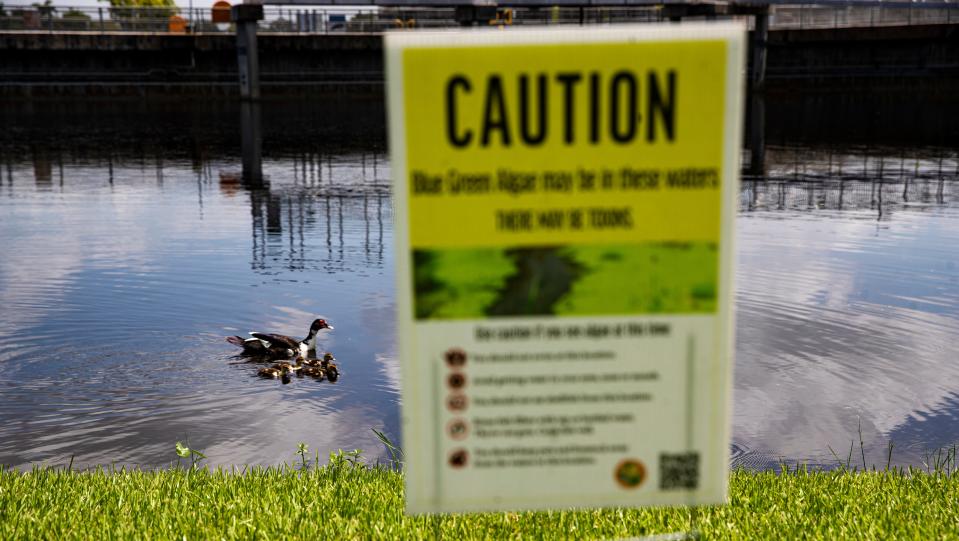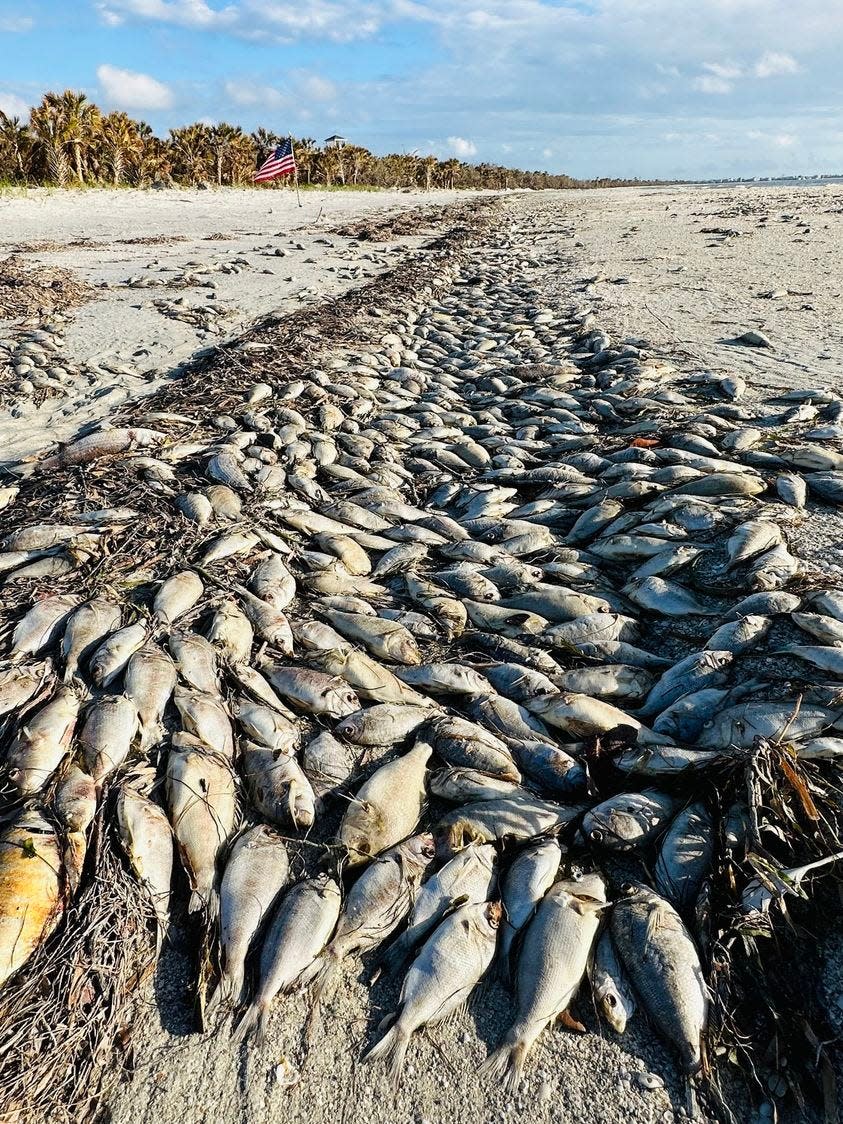Court case highlights strengths of Clean Water amendment
Here’s what Southwest Floridians need to know about the first lawsuit involving New York’s Green Amendment, approved by voters in 2021, establishing every New Yorker’s “right to clean air and water and a healthy environment,” a right we in Florida do not have.

Fresh Air for the Eastside v. The State of New York, et al. involves nauseating, noxious odors and greenhouse gas emissions from New York’s second largest landfill, the source of 26,000 community complaints since 2017. In 2022, citizens filed suit charging the state’s DEP with failure to prevent a violation of their new environmental rights.


The state asked the court to dismiss the case. In refusing, the court recently made several important legal determinations that bode well for Florida’s proposed constitutional "Right to Clean and Healthy Waters."
The amendment, the court stated, is self-executing and fully enforceable against the state when through action or inaction it violates these rights. Plaintiffs, it said, are not required to exhaust all other administrative remedies before appealing to the court for relief under these rights. It affirmed the basic but essential fact that the state and its agencies cannot at their discretion violate the state Constitution, and that the court has the authority to compel the state to correct a violation of the people’s rights.
That’s a lot to read into a 14-word amendment, but that’s what courts do: Case by case they determine what new laws mean and how they get applied.
In The Green Amendment, Maya van Rossum (who will be speaking at FGCU’s Water School on Jan. 13) details how Pennsylvania’s Green Amendment was key in finding that state’s notorious Act 13 unconstitutional. Under Act 13, a municipality would have had no authority to prevent fracking operations next to schools or in church parking lots, for example, and doctors couldn’t speak publicly about health impacts to their patients.
Montana’s Green Amendment stopped a mining deal that would have produced 245 tons of toxic waste for every ounce of gold and would have consumed 10,000 to 15,000 gallons of fresh water every minute, lowering the water table 1,000 feet.
Citizens and ecosystems in these states needed protection. Their constitutional rights protected them, and New Yorkers decided they needed the same level of rights. So do we.
Blue-green algae blooms and red tides in Southwest Florida are greatly exacerbated by water releases into the Caloosahatchee River from polluted Lake Okeechobee. Releasing polluted water down the St. Lucie River, too, is not the answer. The answer is cleaning up Lake O, yet 32 water basins surrounding the lake exceed state pollution limits.
With a Right to Clean and Healthy Waters, we could hold the state accountable, and the court could compel the FDEP to meet water quality standards essential to curtailing pollution at its source.
Outcry over proposals such as the Troyer mine in Lee County’s ecologically important DR/GR (density reduction – groundwater resource ) Area demonstrate public concern over the loss of wetlands, which provide storm protection, help mitigate flooding, sequester carbon and provide vital wildlife habitat.
Between 1994 and 2014, Lee and Collier counties lost 38 and 21 square miles of forested wetlands, respectively. This was before 404 wetlands permitting was transferred from the EPA to the FDEP in late 2020. At that time, the FDEP projected 130 applications per year for Southwest Florida. It has 580 in Collier County alone.
Destroying wetlands would be a violation of the Right to Clean and Healthy Waters. Florida has already lost 9.3 million acres of wetlands. A Right to Clean and Healthy Waters would enable us to protect our remaining wetlands and help ensure development in Southwest Florida is sustainable development.
Florida waters are polluted because the state permits it through action or inaction, and its MO is to allow as much pollution as is politically acceptable. It does this out of political ideology, deference to special interests, and to fatten campaign coffers.
Because the judge in New York read much into “Each person has a right to clean air and water and a healthful environment,” a higher court could overrule this judgment. Indeed, it is a legal concern that the brevity of the amendment could be vulnerable to other court interpretations and challenges.
But the determinations the judge found implicit in New York’s law are explicit in ours. It would be against plain text meaning and established legal doctrine to declare the Right to Clean and Healthy Waters isn’t fully enforceable against government action or inaction or that courts can’t compel the state to correct violations by cleaning up our waters.
The language in our amendment is purposely explicit to best ensure its ability to meet legal challenges and to protect our right to clean water.
In 2023, we need what the state will not provide: bold environmental action to restore and protect our waters. Floridians, therefore, must qualify a “Right to Clean and Healthy Waters” amendment for the 2024 ballot for approval by voters. Then we could compel bold action, because we’d have the constitutional right to.
Sign the petition at floridarighttocleanwater.org.
Joseph Bonasia of Cape Coral is chair and Southwest Florida regional director of Florida Rights of Nature Network.
This article originally appeared on Fort Myers News-Press: Court case highlights strengths of Clean Water amendment

